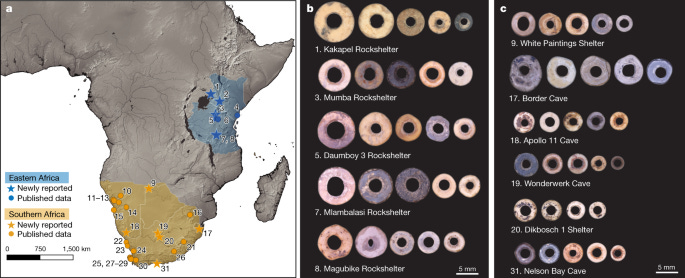
This week, Jarel Robinson-Brown discusses early Christian constructions of hell in the ancient world in his new review in the Los Angeles Review of Books. Then, we look at the “Saltmen” mummies of ancient Iran, what the Magi have to do with supply chains, an ancient ring for hangovers, new ancient world journals, and more…
Who is Hell really for? Is it possible that we too readily accept it as a necessary part of our constructions of eternity and the afterlife? Who was the first to describe early Christian hellscapes? These are the questions that Meghan Henning asks in her new book, Hell Hath No Fury: Gender, Disability, and the Invention of Damned Bodies in Early Christian Literature, which I reviewed this week for Pasts Imperfect’s Los Angeles Review of Books monthly column. Hell is often a space that we dare not critique, re-imagine, deconstruct, or abolish. But should we? Acceptance of hell as simply part of our worldview should lead us to question its origins and interrogate the creation of the space from antiquity to today.
To ask questions of hell and to look honestly upon who is "damned" is serious but necessary work, as Henning demonstrates. The bodies of the damned—predominantly women, enslaved persons, and individuals with disabilities—tell us truths about biases then and now; ones which we so frequently avoid addressing. This review underscores how attention to Hell might also help change the world we live in today. In looking from a new vantage point on hellscapes and their literature, we see that the work of re-imagining and critically examining Hell is a communal labour which Henning invites us to join in—for it may be that all of us, in various ways, are complicit in the suffering of the damned.
Abbreviated Bibliography:
Brown, Peter. The Body and Society: Men, Women, and Sexual Renunciation in Early Christianity, Twentieth Anniversary Edition with a New Introduction (Columbia, 1988; rep. with new introduction in 2008).
Byron, Gay L. Symbolic Blackness and Ethnic Difference in Early Christian Literature (Routledge, 2002).
Clark, Gillian. Body and Gender, Soul and Reason in Late Antiquity (Routledge, 2020).
Morrison, Toni. The Source of Self-Regard: Selected Essays, Speeches and Meditations (Penguin Random House, 2019).
Weil, Simone. Gravity and Grace (Routledge, 2002).
Seen on the Internet
At JSTOR Daily, the new branch of Pasts Imperfect has launched its first column, written by Ayelet Haimson Lushkov. The monthly column, called “Pasts Present,” is edited by Haimson Lushkov and Pramit Chaudhuri. This month focuses on the Magi, ancient trade, and the “Supply Chain Issues of Ancient Rome.” It provides two articles for free to readers from the JSTOR database:
“Provincializing Rome: The Indian Ocean Trade Network and Roman Imperialism”
Matthew P. Fitzpatrick, Journal of World History, Vol. 22, No. 1 (March 2011), pp. 27-54. University of Hawai'i Press on behalf of World History Association
“Implementing Supply Chain Resiliency”
James A. Lewis “Implementing Supply Chain Resiliency,” Center for Strategic and International Studies (CSIS), Jul. 15, 2021.
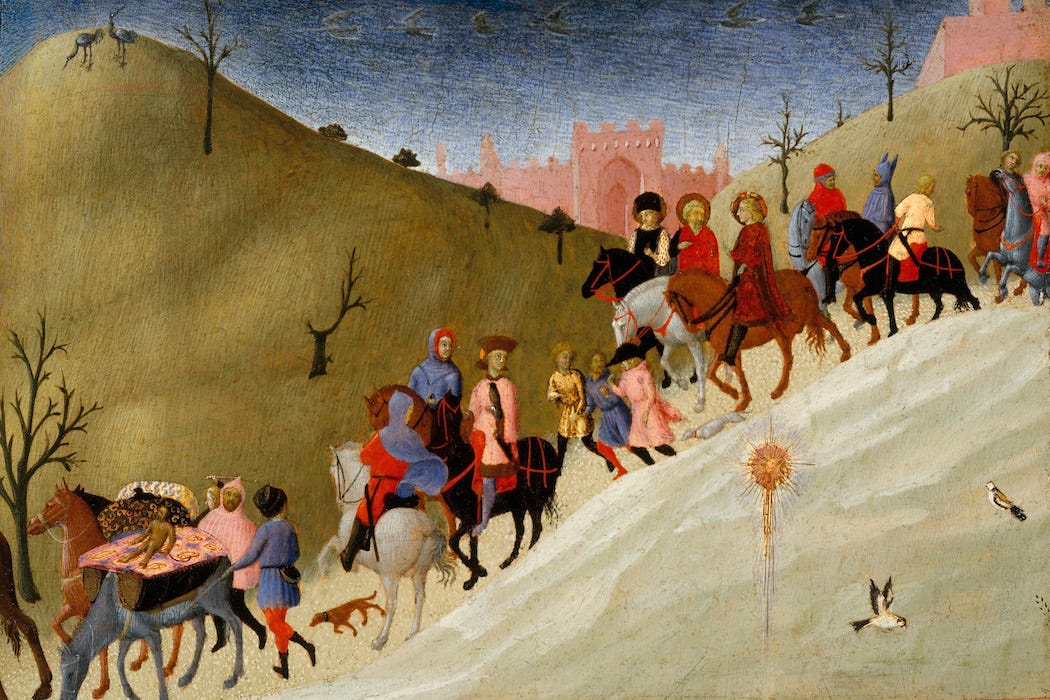
Over on the SCS Blog, the sixth interview in the “Contingent Faculty Series” is a virtual conversation between Joshua Nudell and Aven McMaster. Nudell discusses what happens to faculty when a university goes bankrupt—specifically speaking on the events at Laurentian. McMaster discusses the transition from tenured to contingent faculty, and whether this has changed her view of academia.
The Tehran Times reports that Iranian and German archaeologists have now completed work on the Douzlakh Salt Mine in Zanjan province after 5 seasons.
In 1993, miners in the Douzlakh Salt Mine, near Hamzehli and Chehrabad villages in Zanjan, accidentally came across a mummified head...The first mummy, dubbed the “saltman,” is on display in the National Museum of Iran in Tehran. He still looks very impressive.This particular “saltman” was originally dated based on the archaeological material found with him. Later, the mummy was carbon dated, which placed him in 500 CE (1750 BP, that is, “before present” or 1750 years ago), the Sasanian Empire's height. The second “Saltman” was carbon-dated to 1554 BP, which placed him in the same era as the first “saltman,” the Sasanian era. The third, fourth, and fifth “saltmen” were also carbon dated. The third body was dated and placed in 2337 BP, the fourth body in 2301 BP, and the fifth mummy was dated to 2286 BP, placing them all in the Achaemenid period.
The site has provided new insight into ancient salt mining operations, as well as Sassanian and Achaemenid histories. Also see the article by Lena Maria Öhrström et al. in PLoS ONE 16(4), “Radiological and histological findings in ancient salt mummies from the salt mine of Douzlākh, Iran.”
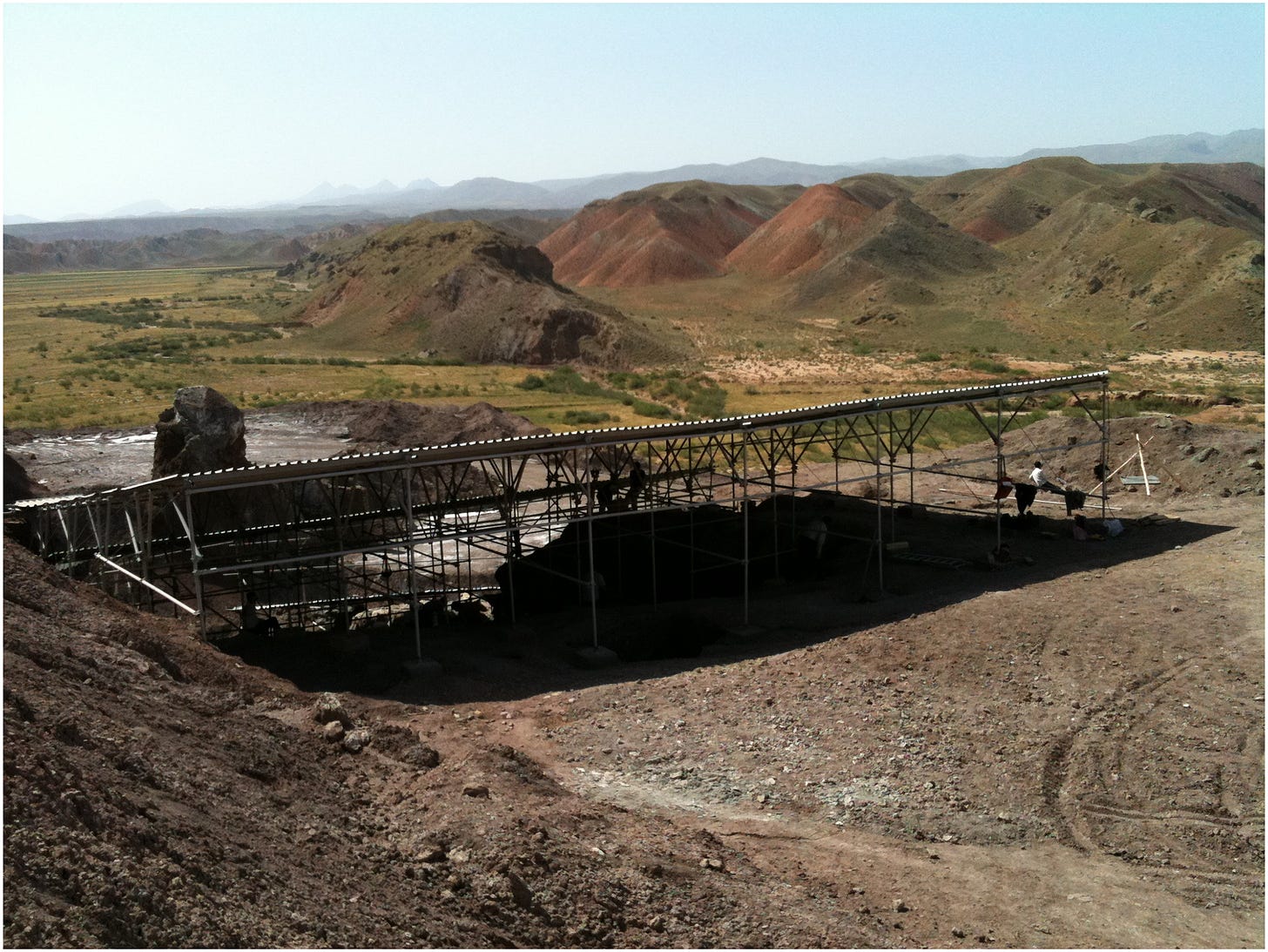
And CNN reports that archaeologists excavating at a Byzantine winery in Yavne (Israel) discovered an ancient 'hangover prevention' ring made of amethyst. It may date to around the 7th century CE. We would just point out that the word amethyst indeed comes from the Greek ἀ- (a-, “not”) + μέθῠστος (méthustos, “drunken”). Medievalist John Wyatt Greenlee also reminds us not to use the pseudo-"traditional medieval” cure of eating raw eels with almonds.

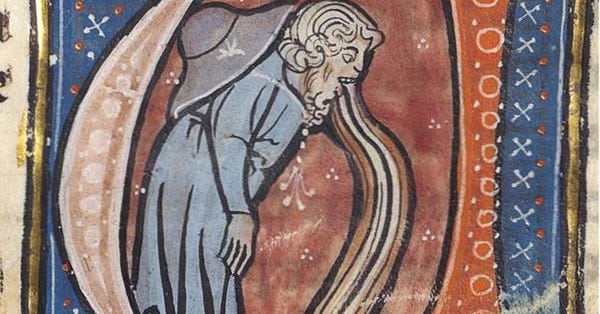
A new article by Jennifer M. Miller and Yiming V. Wang in the journal Nature, “Ostrich eggshell beads reveal 50,000-year-old social network in Africa,” reveals ancient trade networks. The archaeologists used R and have published all their data on GitHub.
Here we compare ostrich eggshell bead variations between eastern and southern Africa to explore population dynamics over the past 50,000 years. We found that ostrich eggshell bead technology probably originated in eastern Africa and spread southward approximately 50–33 ka via a regional network
They will be offering a free Phoenician Language course at Oxford from March 14-19, 2022. To apply, write by January 21, 2022 to Josephine Quinn: (josephine.quinn@classics.ox.ac).
Ancient monuments seen from space are, in fact, pretty cool.

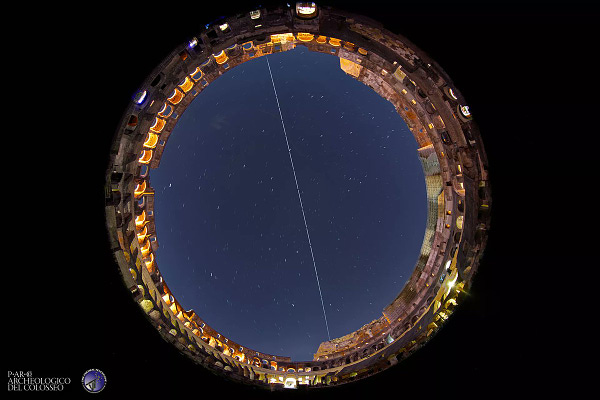
Upcoming Conferences and Lectures
The graduate students of the Department of Classics at The Graduate Center at CUNY have published a call for papers for our Spring 2022 14th annual Graduate Conference, entitled ‘Secret Knowledge in the Ancient World: Acquisition and Concealment.’ The conference will be held via Zoom on Friday, May 6, 2022. Please apply by January 31, 2022.

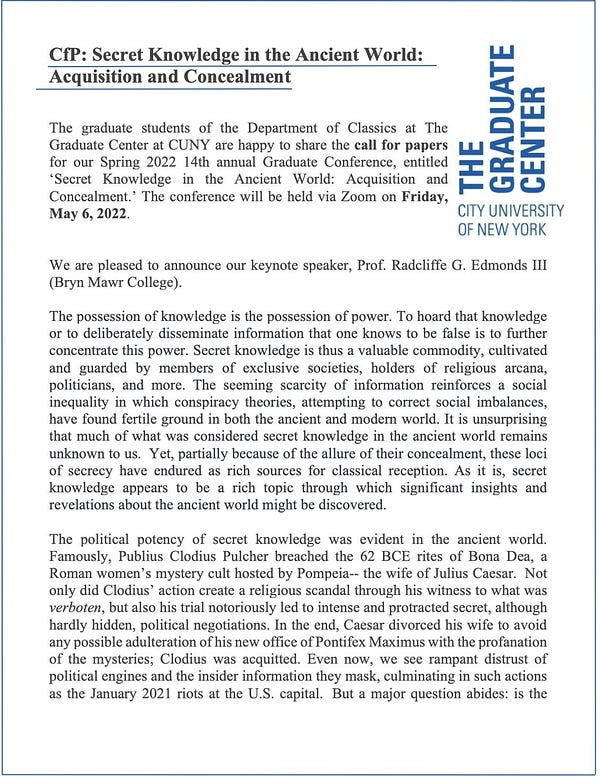
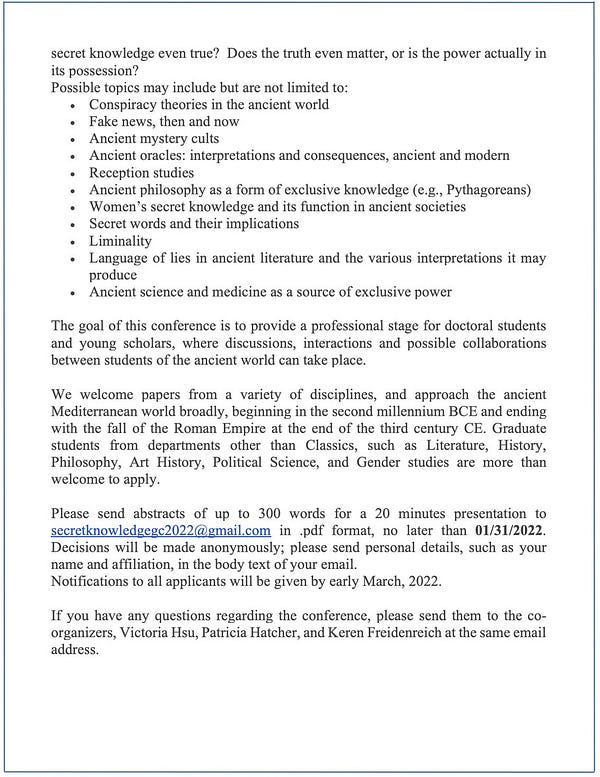
New Online Journal Issues curated by @YaleClassicsLib
Polymnia Vol. 6 (2021) #openaccess
Archaeological Reports Vol. 67 (2021)
Verbum Vitae Vol. 39, No. 4 (2021) #openaccess
Germania Vol. 98 (2020) #openaccess NB: “Quo vadis archäologische Datenbanken und Linked Open Data?” by Allard Mees & Florian Thiery
Journal of Ethics in Antiquity and Christianity Vol. 3 (2021) #openaccess Ethics of Love for Neighbors and Strangers
Vox Patrum Vol. 80 (2021): Patristic Mariology #openaccess
Cuadernos de Filología Clásica. Estudios Latinos Vol. 41, No. 2 (2021) #openaccess
Mouseion Vol.18, No. 1 (2021)
Giornale Italiano di Filologia Vol. 73 (2021)
Aegyptiaca Vol. 6 (2021) #openaccess
Kentron Vol. 36 (2021) #openaccess Jeu, normes et transgressions
Philological Encounters Vol. 6, Nos. 3-4 (December 2021) The Past and its Possibilities in Nahḍa Scholarship
Bulletin of Online Emendations to Papyri (BOEP) Vol. 9.1 (April 24, 2021) #openaccess
New England Classical Journal Vol. 48, No. 2 (2021) #openaccess
American Journal of Archaeology Vol. 126, No. 1 (January 2022) NB: “The Empire’s Physician: Galen & Medicine in the Roman World & Reflections on Digital Exhibitions” by Jacquelyn H. Clements
The Classical Quarterly Vol. 71, No. 2 (December 2021)
Exemplaria Classica Vol. 25 (2021) #openaccess
Theoretical Roman Archaeology Journal Vol.4 (2021) #openaccess NB: “Neurological and Neuropsychiatric Diseases through the Lens of Roman Sculpture” by Salvatore Fadda
Auster Vol. 26 (2021) #openaccess
Speculum Vol. 97, No. 1 (2022) NB: “Glossing and Reading in Western Europe and East Asia: A Comparative Case Study” by Pádraic Moran & John Whitman
Ancient Civilizations from Scythia to Siberia Vol.27, No. 2 (2021)
Dictynna Vol. 18 (2021) #openaccess
Latomus Vol. 80, No. 2 (2021)
Arethusa Vol. 54, No. 2 (Spring 2021) NB: “Performing Theocritus's Pharmakeutria: Revealing Hellenistic Witchcraft” by Marguerite Johnson & Nicole Kimball
Pitches
The Public Books section "Antiquities" continues to take pitches for articles to be published in early 2022. You can also pitch to our “Pasts Imperfect” column at the LA Review of Books using this form. Thanks for reading!






